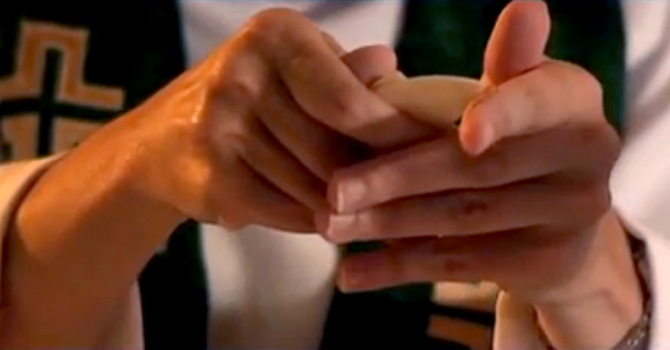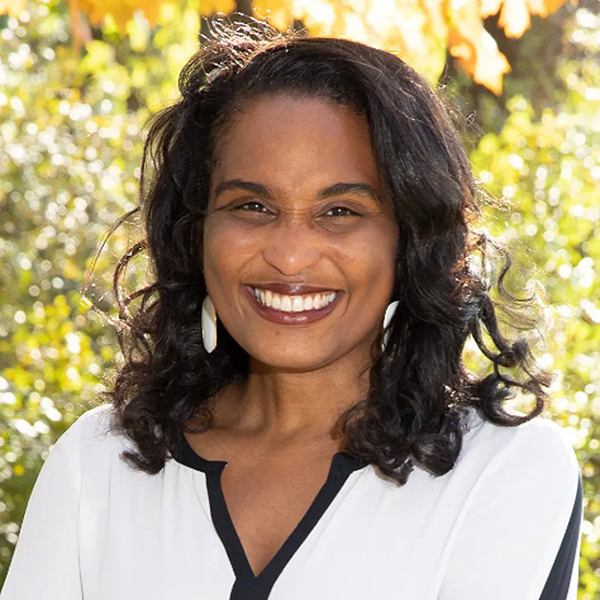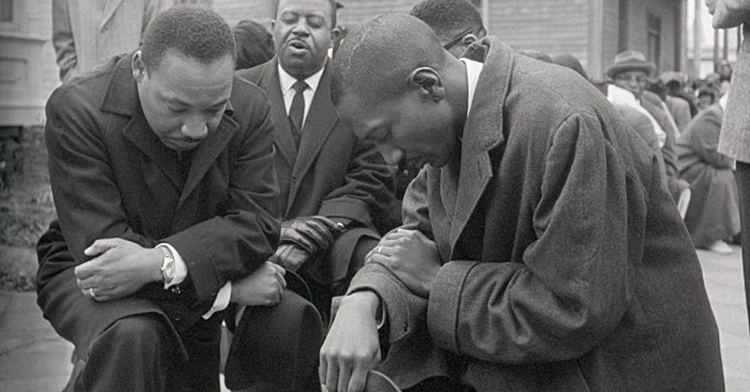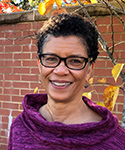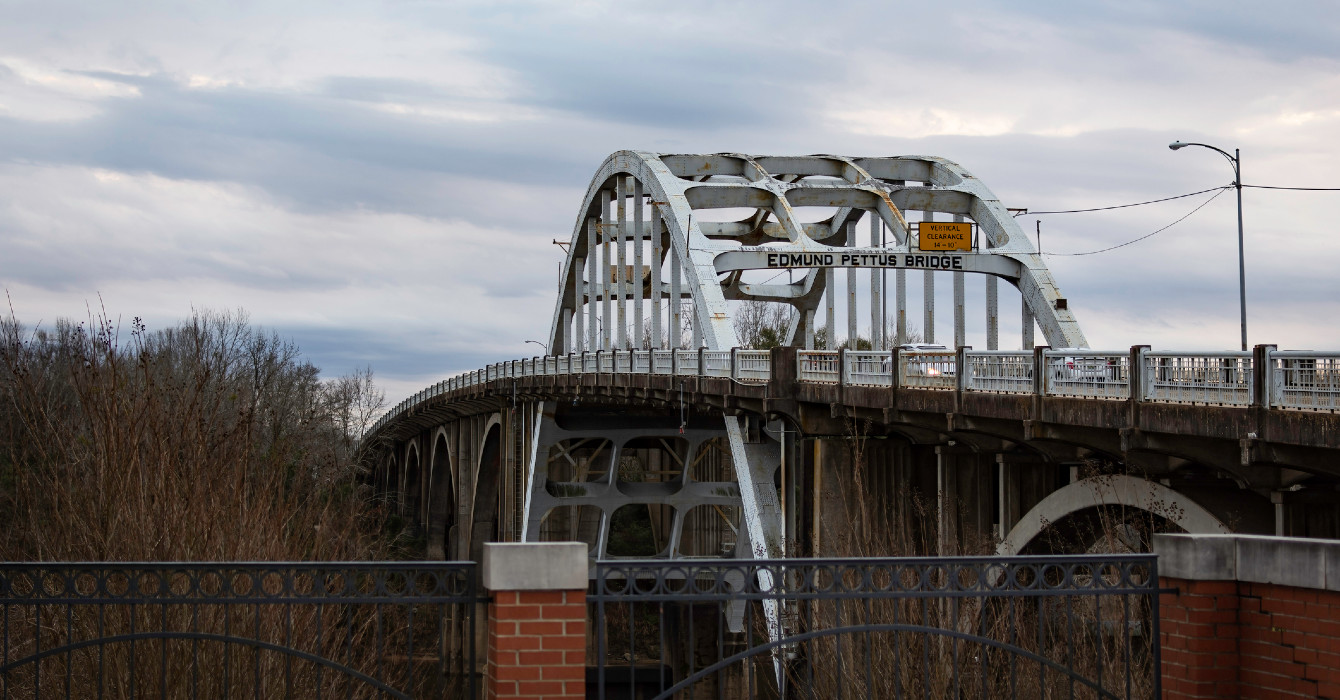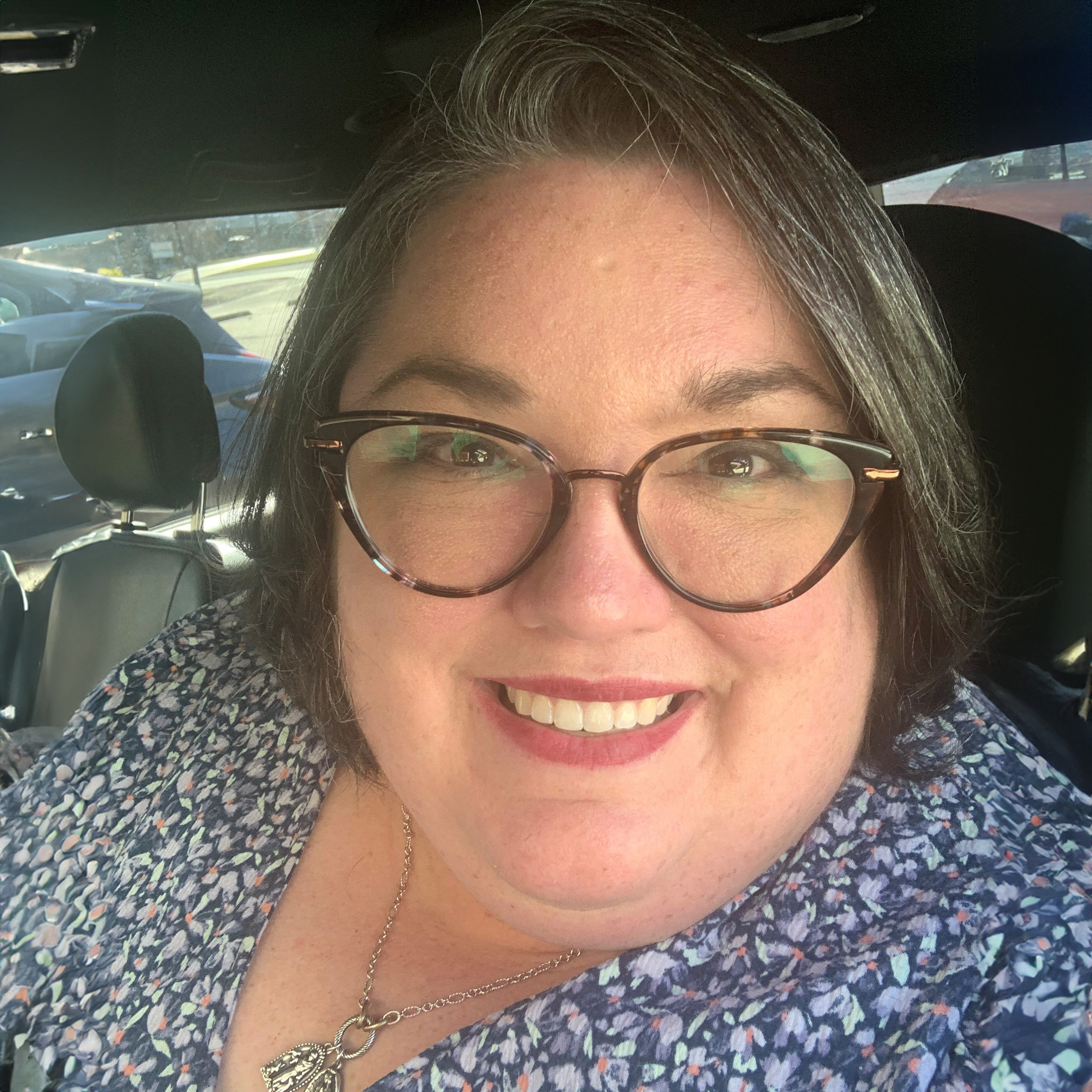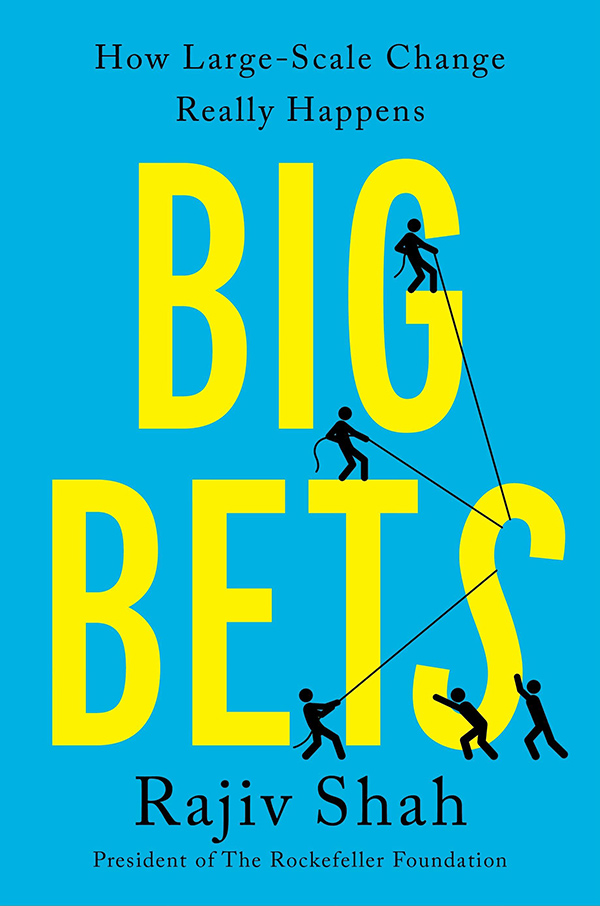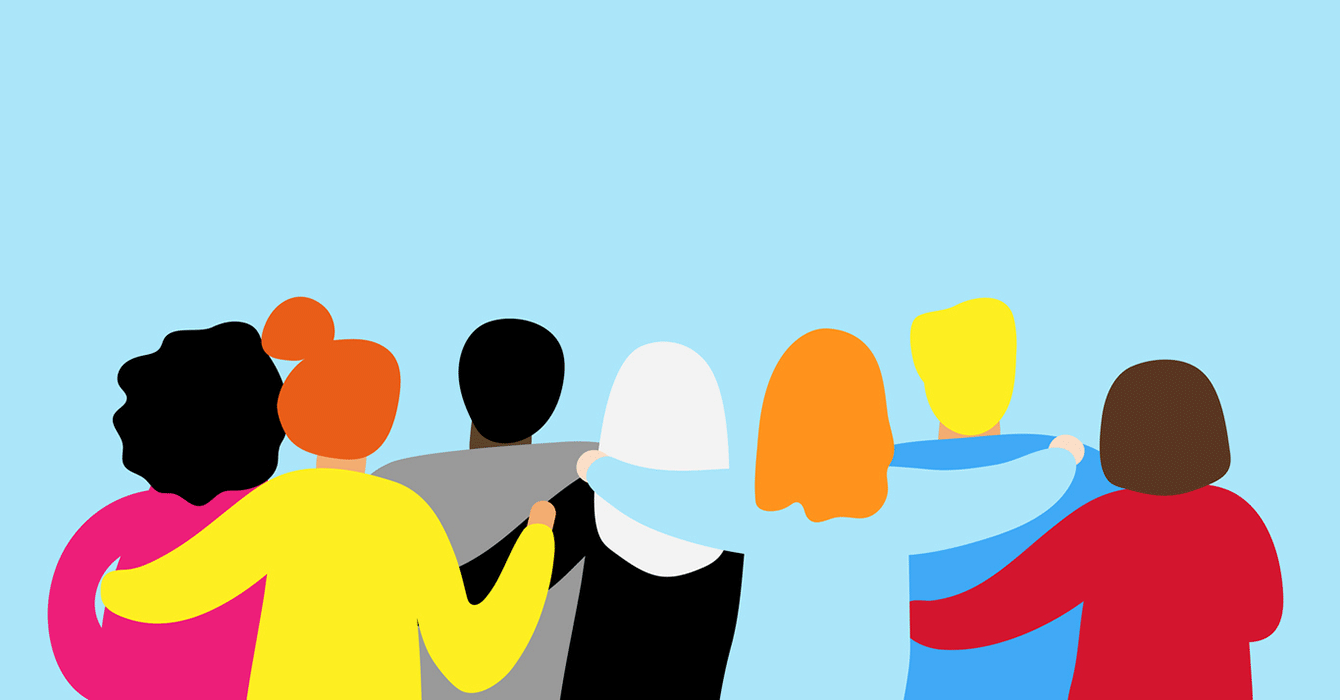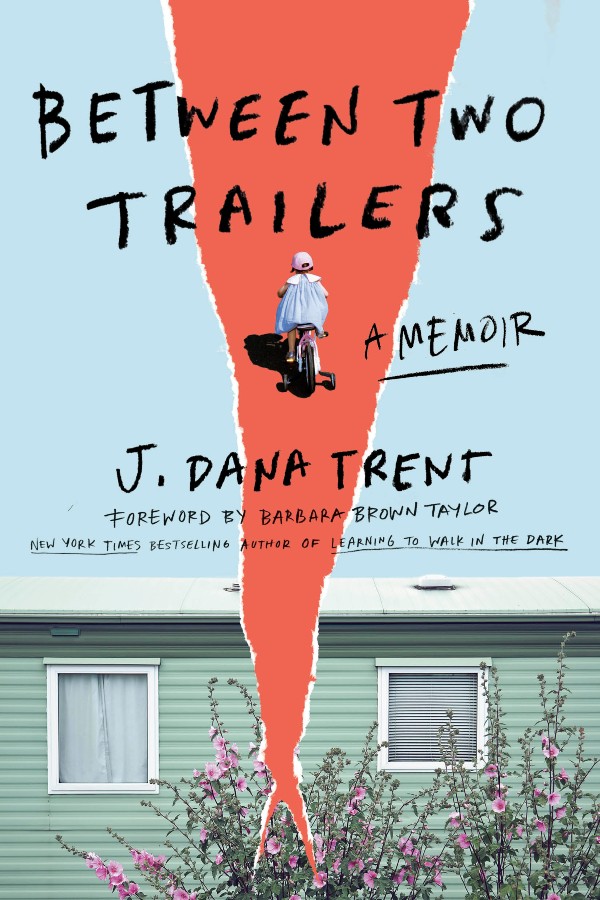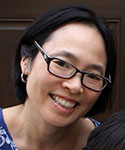The Rev. Claire Wimbush articulates a theology of the body from the perspective of someone who cannot walk, stand, wash her own hair or tie her own shoes. But she can celebrate the Eucharist and preach a homily and serve as an Episcopal priest.
Indeed, she finds “a kind of beauty in my broken body offering the broken body of Christ to my congregation,” she said.
This video was produced in 2011 as part of the Clergy Health Initiative. Wimbush currently serves as a chaplain at Westminster Canterbury Retirement Community in Richmond, Va.
The following is the full transcript of the video:
I was born with spastic cerebral palsy, which is a neuromuscular disorder. Which is basically a fancy clinical way of saying my muscles do not speak the same dialect as my brain. The list of things that I cannot do is long. I cannot walk, stand, wash my own hair or tie my own shoes.
But I can keep a 2-year-old interested for five minutes -- which is a feat -- preach a homily, celebrate the Eucharist, train my service dog and, apparently, function in full-time parish ministry.
I never thought much about my disability -- about my body -- as I was growing up. So it wasn’t until I got to college that I started thinking perhaps it was time to think about what being a Christian with a disability actually meant.
We went to chapel every Tuesday in the Wren Building, and in order to get into the chapel, I used a lift that would help me to ascend a flight of stairs.
One Holy Week, I got on the lift [after the service] to go down, and it creaked down about 6 inches and stopped dead. So there I was in my wheelchair at 10:45 at night on Maundy Thursday suspended 6 feet above the pavement, with absolutely no way to get down.
And I looked, I looked at my friends, and they looked at me, and we scratched our heads a little bit, and finally somebody said, “Well, we’ll leave the chair and lift you.” So we unstrapped me and somebody held my shoulders and somebody held my legs and somebody held my Book of Common Prayer (because good Episcopalians don’t go anywhere without the Book of Common Prayer).
And they lifted me down, and I remember it was while I was spread-eagled above the pavement, in the dark of the night, the night before Good Friday, and I thought, “We really need theology for this, for what we’re doing.”
And then I thought, “Well, actually, we already have theology for this: ‘Now you are the body of Christ and individually members of it.’”
And then I looked at the Gospels and saw that God became this body too. Not any body, but one particular body, in Galilee, at a particular point in history.
Jesus’ particular body is the body that was broken on the cross and then raised again after three days, still bearing the wounds of the cross.
And God -- who can make oceans, and elephants with ears the size of tablecloths, and blue butterflies and all the wonderful things that we see around us -- could surely have found the power to close those wounds, and to resurrect the Son of God in a perfectly whole body.
So the fact that God did not choose to do that tells me something mysterious about how God wishes to be in the world. God never chooses to be with us except to be with us in our brokenness.
What the body of Jesus shows us is a kind of wholeness that does not depend on physical perfection.
If I am a body and you are a body and we are relating to each other as two fully … people who are fully present in our own flesh, then it is much easier for us to understand what it means that God is fully present in flesh.
It’s easier for us to behave as if we worship -- as we do -- a God who had the scandalous courage to come to us in flesh.
My ministry is not graceful in the customary sense. I drop everything I pick up. (Girl, that’s my baby.) When I was learning to celebrate at the table, I had to be very careful not to drop the body and blood of Christ. I had to figure out that … that there was a kind of beauty in my broken body offering the broken body of Christ to my congregation.
We give thanks to you, O God, for the goodness and love which you have made known to us in creation, in the calling of Israel to be your people, in your Word, spoken through the prophets.
At the Eucharist, we encounter -- intimately -- God’s brokenness, and God’s brokenness encounters our own.
So that when I take the broken body of Christ in my hands and I cradle it in my palms and hold it on my tongue, what’s happening is that God’s brokenness, God’s disability, God’s humility -- whatever word you want -- becomes a part of my own.
It’s not only my brokenness that gets transformed at the Eucharist, but yours, and the guy kneeling next to me and the old lady in the third pew who’s been at the church since she was 3. And all of us together then are shaped into the body of Christ.
And when he had given thanks, he broke it and gave it to his disciples and said, “Take, eat, this is my body, which is given for you. Do this in remembrance of me.”
This is Christ saying, “I have come to you. I have given you myself. Now give me your body to do those things that I would do, to touch and to heal, to bless and to walk with dirt on our skin together through the world.
“Do this in remembrance of me.”
I remember when I was 17 -- you know how 17-year-olds get. I opened up a beauty magazine in the grocery store. I forget which one. And I saw a picture of a girl who was wearing the same clothes that I was wearing that day.
It was really fortunate or unfortunate, you might say, depending on your perspective. And she looked so much more beautiful than I ever could. She was 15 pounds lighter. Her hair was beautifully done and she had great makeup. She’d probably been airbrushed to seventh heaven, but I looked at that picture and thought, “I will never get there.”
And I spent most of the next year in a fit of teenage pique trying to avoid my body entirely. Not looking in mirrors, skipping my physical therapy appointments. It was basically an extended temper tantrum, I think. But it was painful.
And when we set up for ourselves ideals that are the wrong ideals -- that we simply can’t reach -- if we can’t reach them, when we realize we can’t reach them, it becomes so much easier to shut off and say, “Well, fine. I can’t be that. I can’t be the perfect pastor. I can’t be the perfect supermodel. I just can’t do it, so I am just going to stop. I can’t deal with the guilt. I can’t deal with the pressure. And that’s just it.”
As a culture, we’ve fallen into the trap of allowing imperfections to be deeply stigmatizing. We believe that our imperfections can only diminish us. That if we are diabetic or if we have cancer or if we are overweight or if we have cerebral palsy, we are somehow less than we should be.
We keep shortchanging ourselves; we keep aiming for perfection which is one-sided, one-dimensional -- glossy and attractive, but false.
When I preside at the Eucharist and I look out at my congregation, what I’m seeing are broken people, who in their brokenness and in the arguments and in their own little nitpicky, “I don’t want to sit in the third pew; I want to sit in the fourth pew” or “We changed the altar cushions; I liked them when they were blue, and now they are red” -- in their humanness and their preoccupations and their worries and their pains -- are, just as I am, broken bodies, broken people walking toward wholeness.
It says something about God that God would call and consecrate and ordain a priest who is going to drop the broken body of Christ at some point in her ministry and that God does not mind.
My job is to remember where we are going when my congregation can’t. And to remind them week by week and day by day: Learn to become so aware of yourself and so aware of what God is doing in your life and in the life of the community around you that everything that you do shows forth the glory of God, even the imperfections.
Here endeth the lesson.

